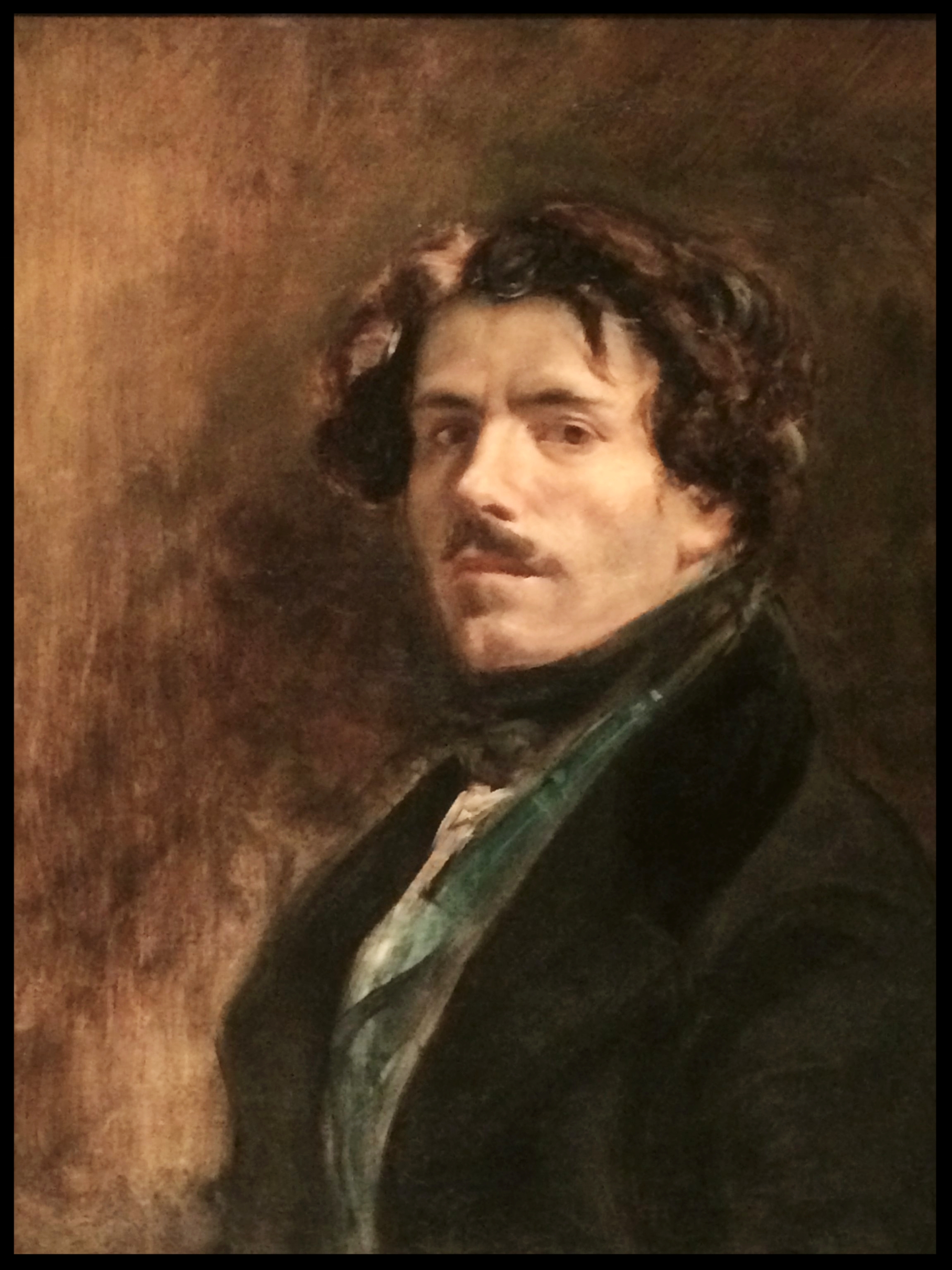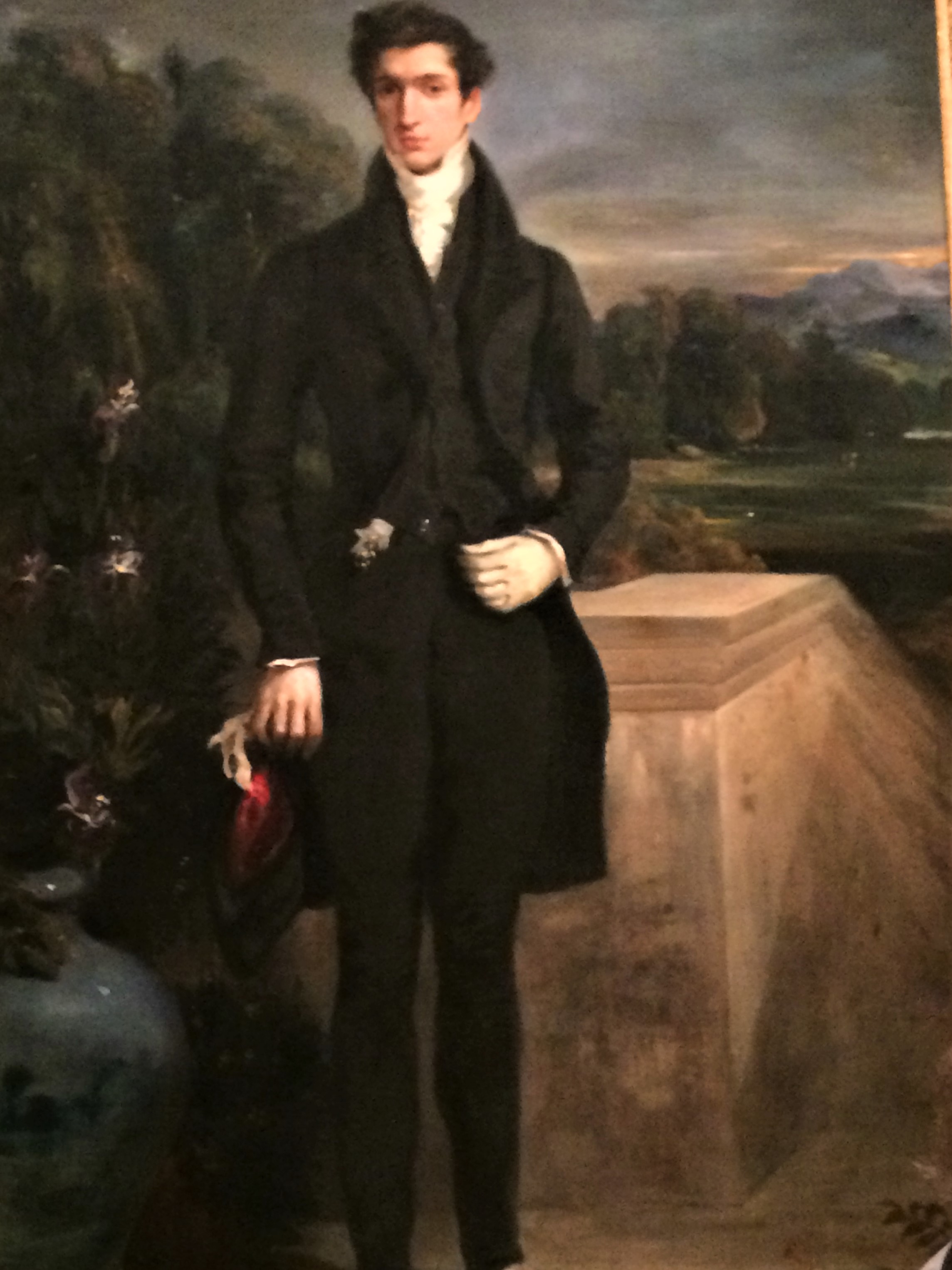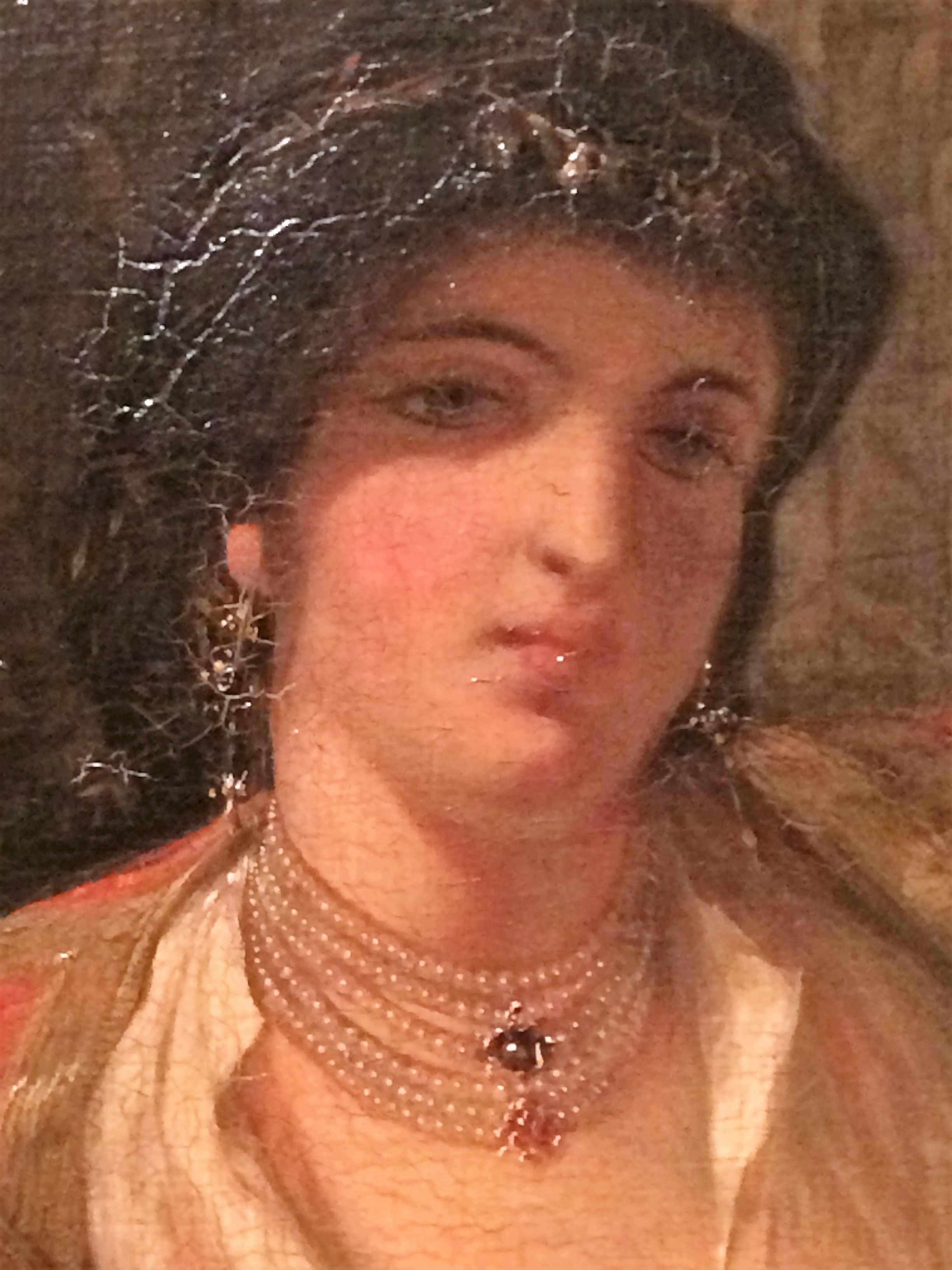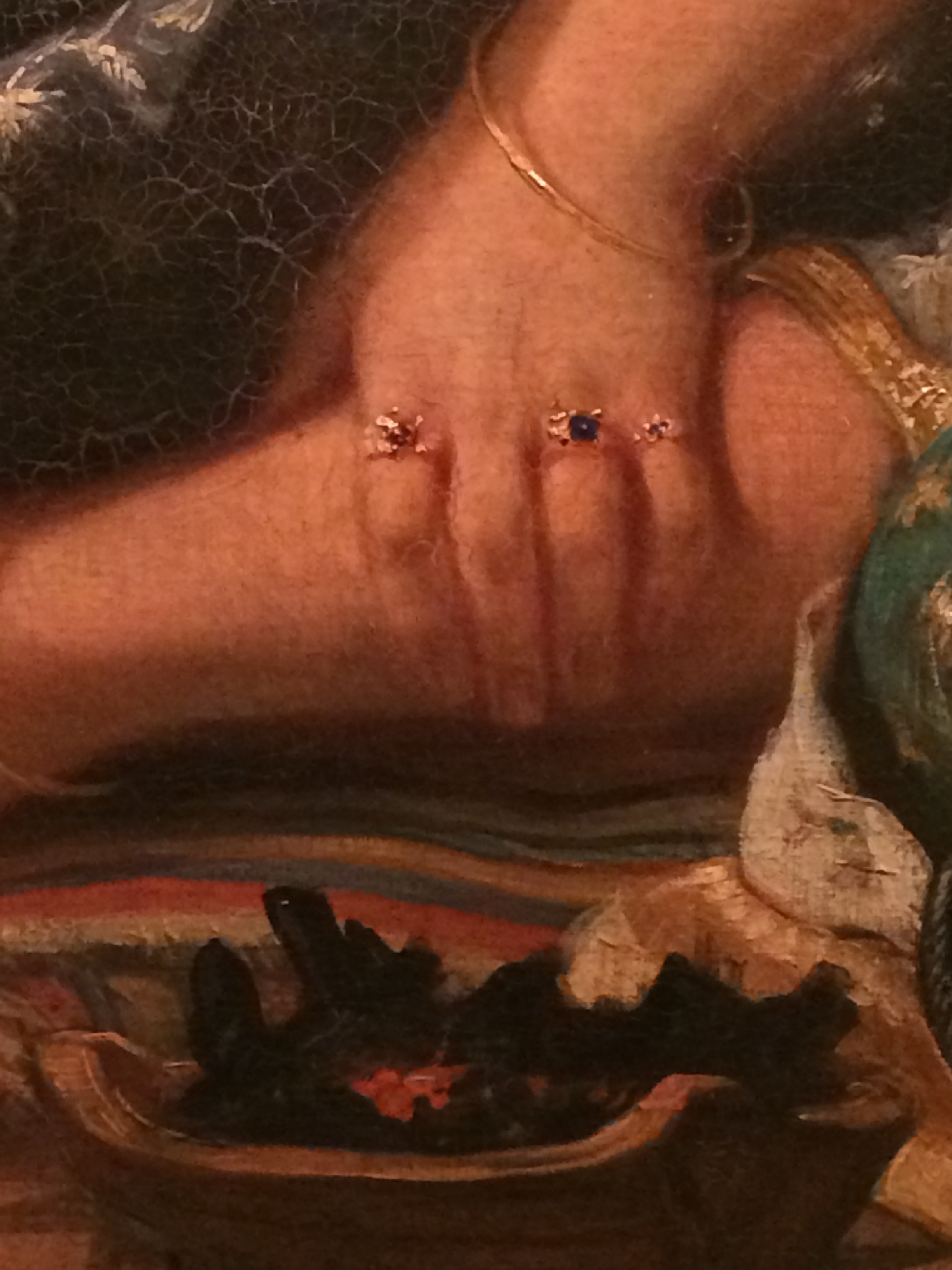"Delacroix" : The Master at the Met
With the opening of “Delacroix” at the Metropolitan Museum of Art, I instinctively knew it was as time to say au revoir l'été and bonjour l'automne. Yes, goodbye to summer—to bees buzzing the hydrangea on the terrace, to children sailing boats in Central Park, and to the Park Avenue mall bursting its buttons all summer long, thanks to the hardy begonia. And hello, Autumn—hello to cooler crisp mornings, to showy trees with brilliant foliage, and to things getting started again.
And where better to mark the season than at the Met, where the first comprehensive retrospective ever devoted to the French painter, Eugène Delacroix (1798-1863) in North America opens Monday, September 17, running until January 6, 2019. This is a voluptuous exhibition that makes your pulse race. That leaves you standing slack-mouthed in front of monumental canvases filled with bold strokes, brilliant colors and deep shadows. That gives meaning to the passion we associate with the term “Romanticism.” All we need now is something by Chopin.
Seen earlier this year at the Louvre, the exhibition was organized by Asher Miller of the Met along with Sèbastien Allard and Côme Fabre of the Musée du Louvre. Not all the masterpieces seen in Paris came to New York, as some were deemed too fragile to travel, too precious to chance. But due to Delacroix’s prodigious output, the show includes 155 paintings, drawings, prints and manuscripts never before seen in the United States. Even a few of the artist’s notebooks written in a fine hand in brown ink are included.
Well-respected in his time, Delacroix is widely regarded as one of the great creative geniuses of the nineteenth century. A bridge between Neo-Classicism with its interest in antiquity and the Modern with its interest in the quotidian life of men and women.
As a young man, the artist was rejected by the Academy because his skill with drawing was thought inferior, did not meet the standard. Consequently, Delacroix pursued his own vision, rejecting the austere linear designs and the influence of classical antiquity, turning to religious sources and literary narratives for thematic material.
Left: “Self Portrait in Green Vest” - Delacroix painted few self-portraits, preferring to keep notes on ideas and thoughts in a journal. Center: “Greece on the Ruins of the Missolonghi” (1826) Right: A friend of the artist, the French painter, Schwiter dressed as an English dandy. After the death of the sitter, the painting was purchased by the Impressionist painter Edgar Degas, one of 250 paintings by Delacroix that he owned.
“Women of Algiers in Their Apartment” (1834)
A trip to Morocco at the age of 34, had a profound effect on Delacroix, after which his interest turned to more exotic subjects. An interest that remained with him throughout his life. But this prophet heralding the modern age with his bravura brushwork, distortions of space and dramatic use of bold colors, continued to look to the past for thematic inspiration. Deliberately so.
Below are three details from the harem painting. Note the jewelry and the overlapping feet from one corner of the canvas.
If there wasn’t pleasure enough in one exhibit, running concurrently is “Devotion to Drawing: The Karen B. Cohen Collection of Eugène Delacroix.” Comprising more than 100 drawings, watercolors, and copies from old masters, many of which were discovered posthumously, the collection is a promised gift to the Metropolitan Museum of Art. But I’m going to save that for another day, as you don’t want to rush by paintings by Delacroix. Especially not the tigers.
Mother Tiger and Her Cub
Of the tiger painting, a 19th century critic wrote: “This unusual artist has never painted a man who looked like a man in the way his tiger looks like a tiger.” That made me laugh. I’d have to say that my first impulse when standing before this monumental painting was to reach out and stroke the mother tiger’s head. Such a beauty!
With respect to the Romantic movement with which he was associated early-on, the artist said: “If by Romanticism one means the free manifestation of my personal impressions, my aversion to the models copied in our schools, and my loathing for academic formulas, I must confess that not only am I a Romantic, but I was so at the age of fifteen.”
When entering the second-floor galleries at the Met last week, I found the deep-colored walls in the galleries given over to the Delacroix exhibition a visual delight. Enough with the stark sterile white walls favored by so many museums! The only thing missing that day was the audio-guide, which I questioned two guards about: Were they late in arriving? One knew nothing, whereas the other pointed out that she didn’t think they were late in arriving (the show was in preview) as there were no place markers on the walls. Good thinking! When I promised not to quote her by name, she seemed relieved.
After a couple of hours in the galleries, it was time for a bite at the Members’ Dining Room—always a pleasure. A room with flattering lighting, a restful view of Central Park, wonderful service and a jovial crowd, what’s not to like? Then, too, there was one of their specialties—the cheese souffle.
By the way, if you’re coming from out-of-town, check to see if your local museums have reciprocal privileges. Many do. An extra treat that day was finding they give members a 10% discount in the dining room, not just in the gift shops.
And that’s all for today gals and guys. Be sure to come by next week when I’ll have the coffee ready. Jusque là, sont amis…
And if you have a moment, drop me a line, I’d love to hear from you.











